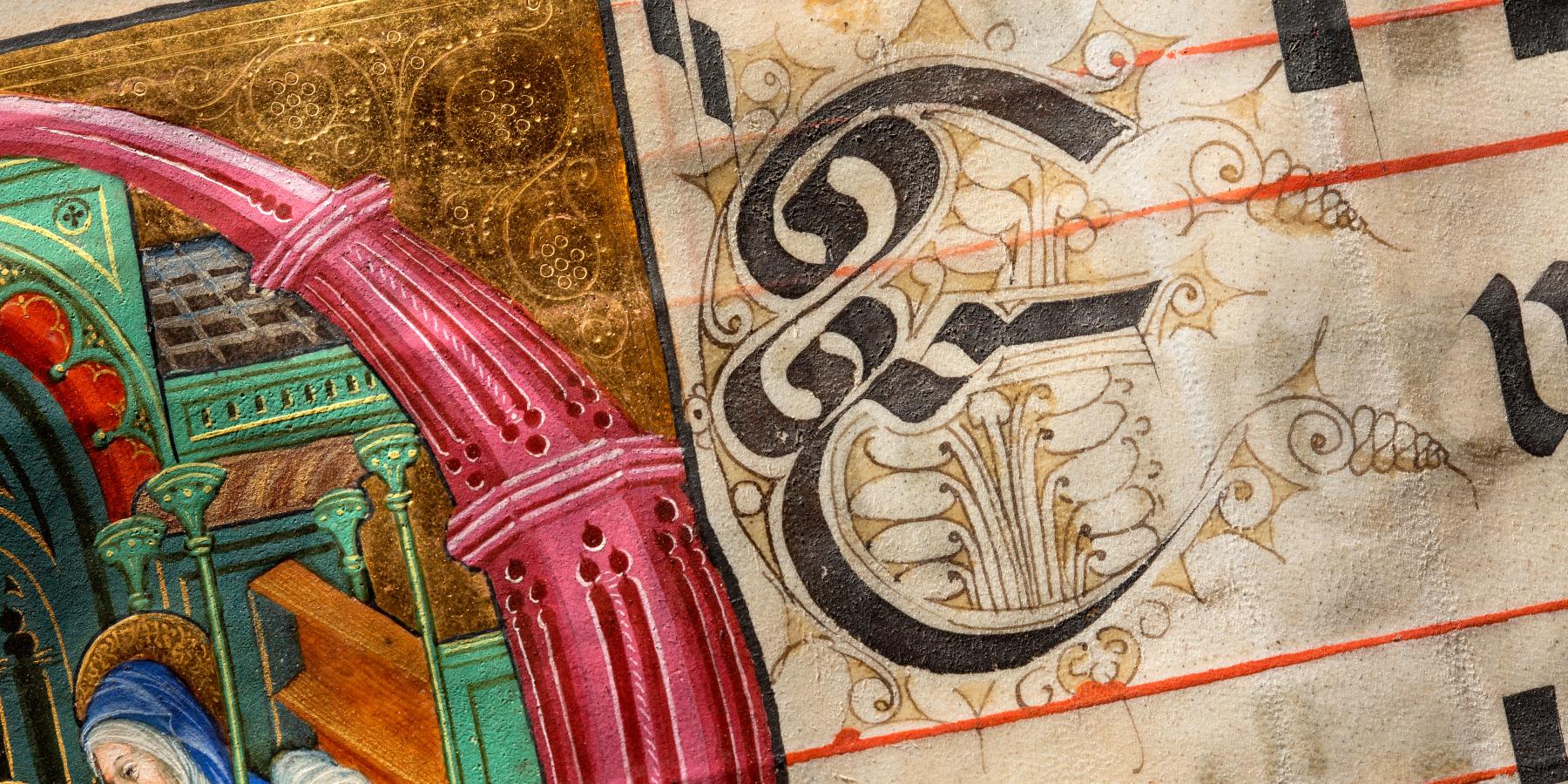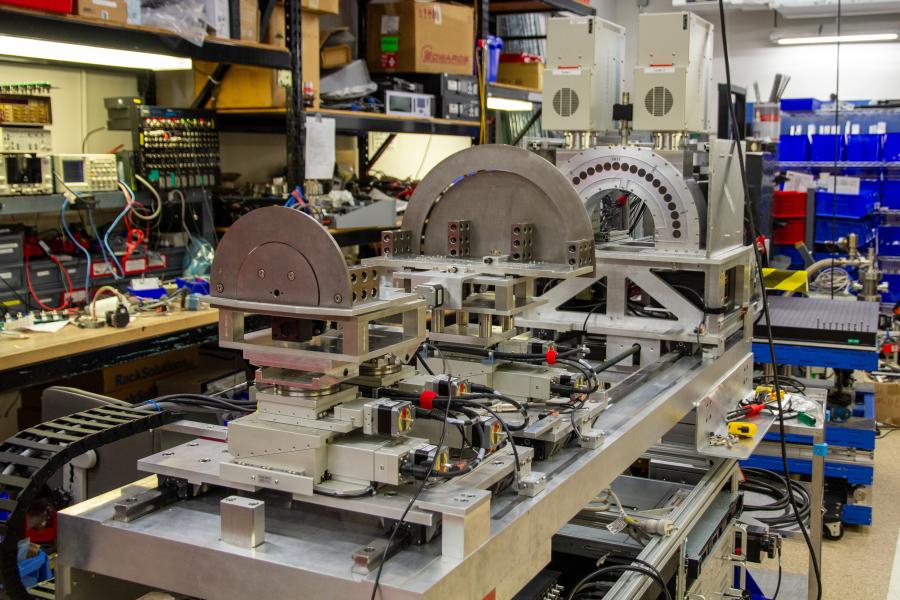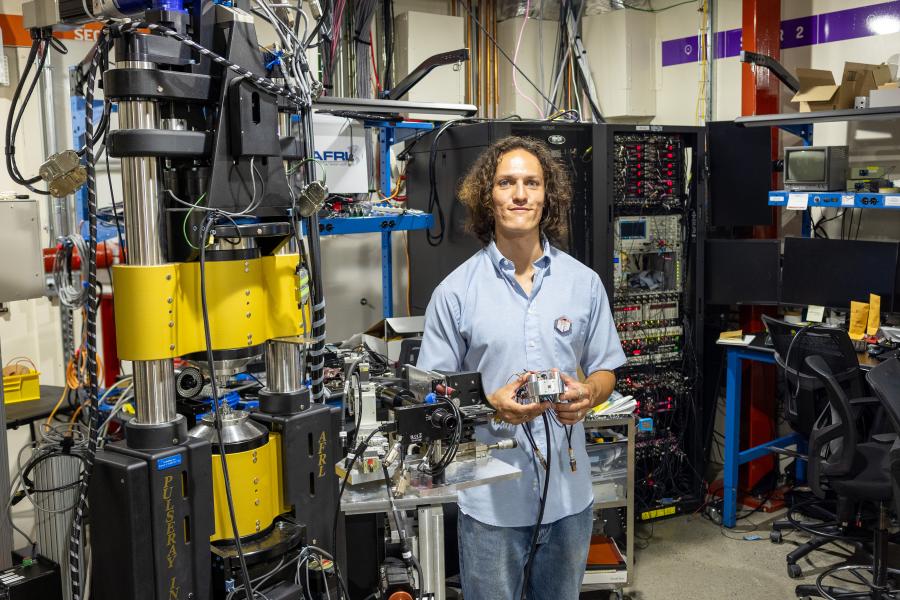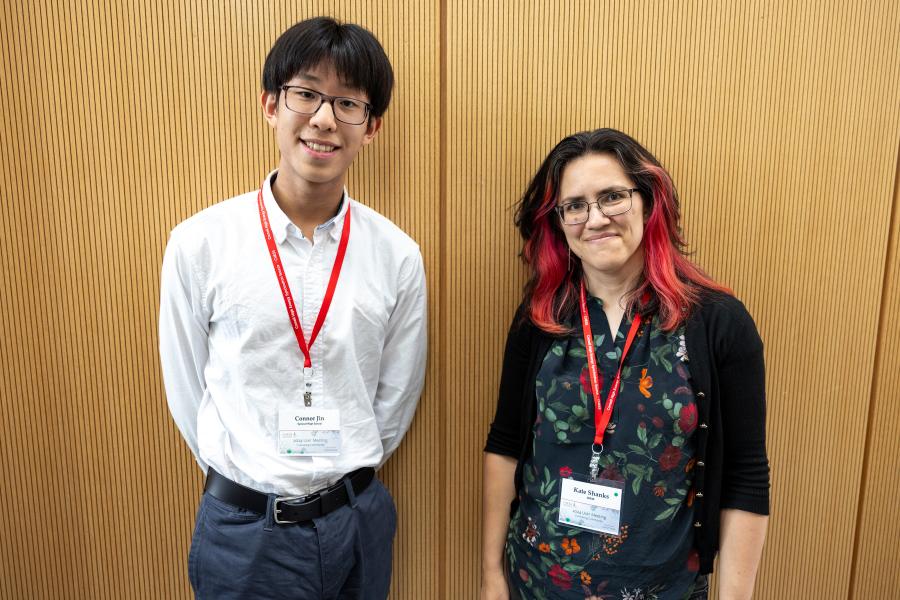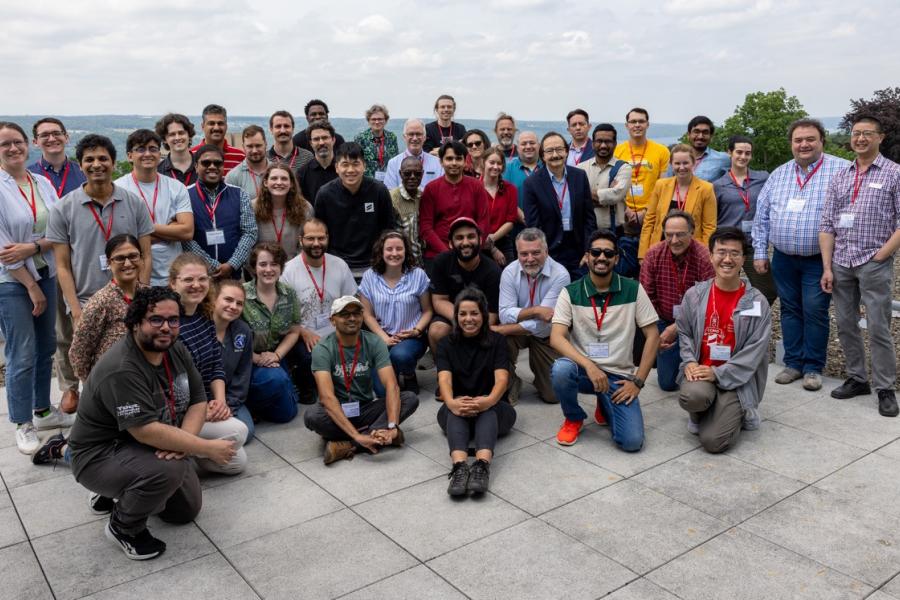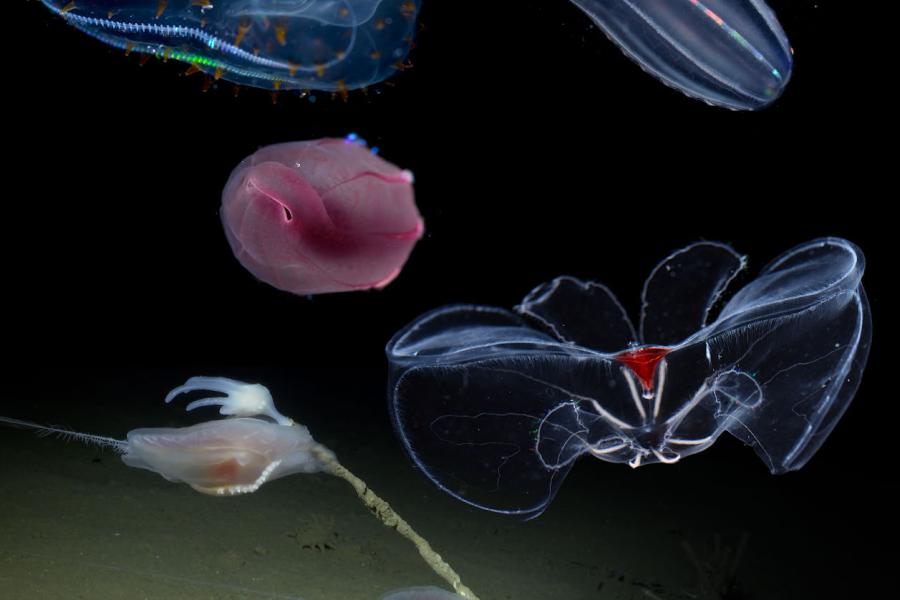Sidebar Menu (View Pages)
- Status
- ⌃ Science
- ⌃ Users
- ⌃ Facilities
- ⌃ Public
- Industry
- ⌃ About
Tags
Featured
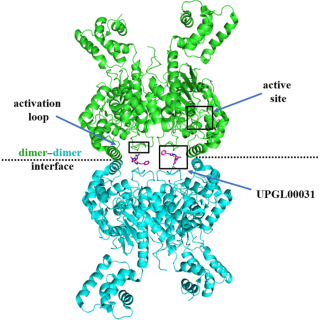
How two cancer drugs can look the same but behave differently - revealed by serial room temperature crystallography
Many cancer cells require the enzyme glutaminase synthase C (GAC) to grow well. Consequently drugs that inhibit GAC are potential cancer treatments, and much work is being done to find the best ones. The Cerione group reports some of this work.
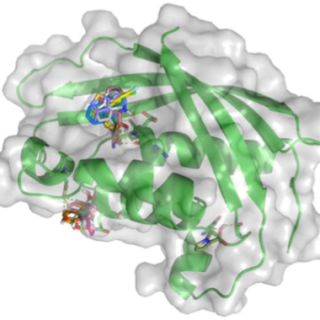
Discovering new drugs to combat microbial resistance to antibiotics
Resistance to antimicrobial agents is a worldwide problem. Not only do bacteria mutate to become resistant, they can acquire resistance genes from other bacteria. Using a structure-based strategy, researchers seek to identify new drugs which can inhibit this transfer and so limit the development of antimicrobial resistance.
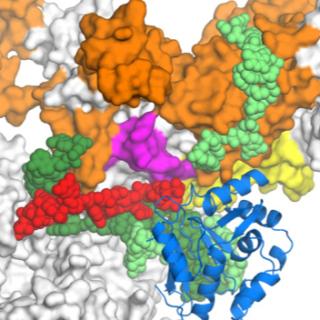
DNA to RNA - more ways than one
Information encoded in our genes controls how we live and grow. As part of this complex process, DNA is transcribed to RNA, one "letter" (nucleotide) at a time, by an enzyme called RNA polymerase (RNAP).
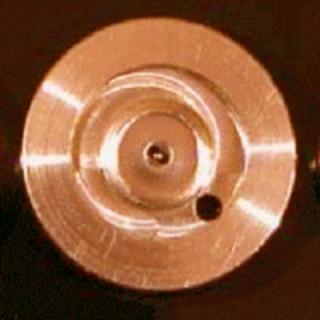
Focusing on microbeam: Initial installment of CRLs at CHESS
A great challenge at many x-ray beamlines is to direct x-rays into in a very small, very clean footprint while maintaining high photon flux.
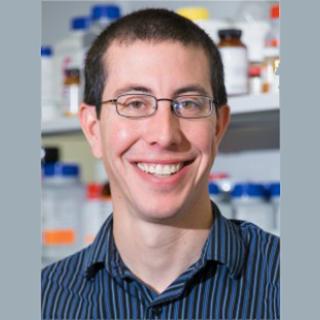
CHESS user awarded Guggenheim Fellowship
Chris Fromme, Cornell Molecular Biology & Genetics, has been awarded a prestigious Guggenheim fellowship for his work in structural biology.
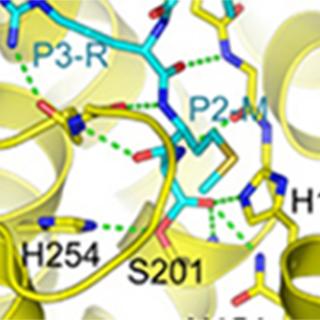
Surprising mechanism of an enzyme in a membrane
Many cellular processes, particularly intercellular signaling, require enzyme-catalyzed reactions to occur inside a cell membrane.
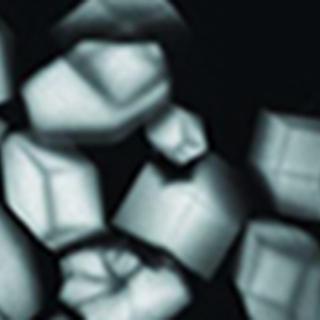
Fluorescence imaging at the MacCHESS A1 and F1 beamlines makes crystal centering easier
Macromolecules typically produce only small crystals; to observe diffraction from them (and determine the molecular structure) we need the intense, highly collimated beam from a synchrotron source.
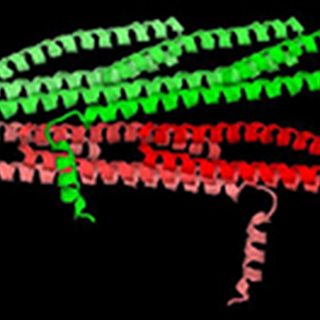
Unusually deformable protein crystals
Application of high pressure to crystals of Snf7 has an unusual effect. Cryocooling protein crystals under pressure (HPC) can reduce damage due to the cooling process.
